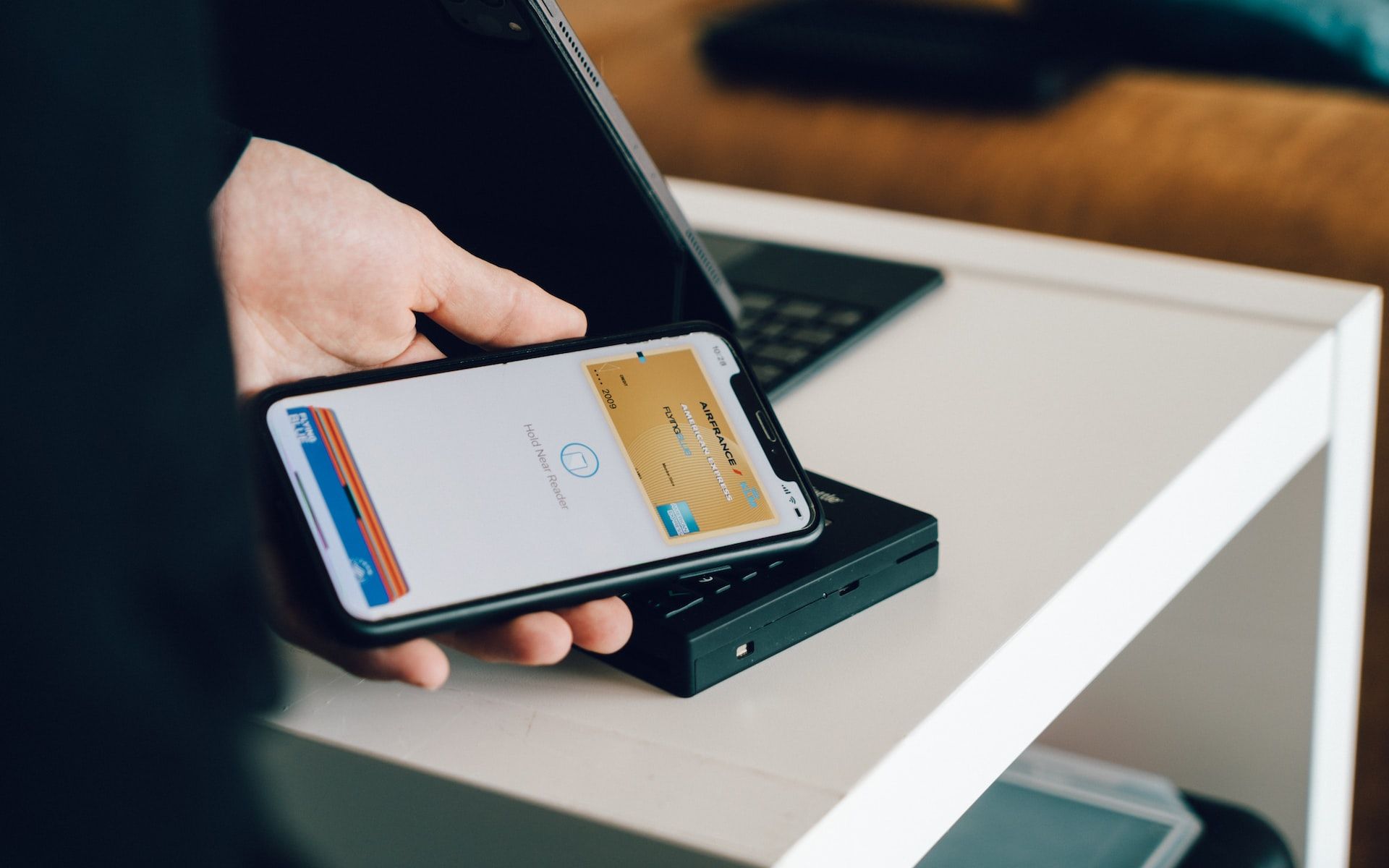Whether what you do as a freelancer is a total labor or love, or just something you do to put food on the table, it’s essential that you’re getting paid for your work. This, after all, is what differentiates a freelancing business from a hobby that you might as well do in your spare time. Unfortunately, while all clients agree with this payment thing in principle (especially when you’ve just accepted their project offer), a few of them will turn out evasive or even openly unwilling to pay after you’ve delivered the goods.
In this post, we’ll examine what you can do when a client just won’t pay up — and how to avoid getting in that situation in the first place.
How to get a client to pay
When you are a freelancer depending on a handful of gigs a year to get by, a customer’s refusal to pay can be a very serious affair. If, for example, you worked exclusively for that customer’s project for the past few months, you might end up losing several months of pay.
Because such things will inevitably happen at some point or another, you need to be prepared in advance. Always try to have a few months worth of salaries in the bank as a cushion.
Never work for months on a project without an initial deposit or regularly occurring payment installments — no matter how much you trust the client, or how many times you two have collaborated without an issue in the past.
Have it in writing
Speaking of trust, never rely on it for getting paid.
Trust is good for minor things — for anything important, always have it in writing. If a client tells you that “their word is their bond” and refuses to sign a contract, don’t just walk away: run.
Having a contract detailing the project, the deliverables and your pay (and you don’t even have to go to a lawyer for small projects, just having a paper describing the project signed both parties can be enough), will also help avoid confusion and complaints about what’s eventually delivered.
Remind them
If you have delivered the project, invoiced the client, and haven’t heard from them in the next 2-3 days, it’s time to let them know that you are still out there and expecting to get paid. If you are wondering how to ask a client for an invoice payment politely and professionally, the first step is an email.
This is important because the longer you let it slip, the more difficult it will get to make the client pay or at least have them see paying you as their priority.
I’ve known freelancers that still believe that they’re eventually gonna get paid after three or more months of radio silence from their client. Which rarely, if ever, happens. Start with a polite collection email informing them that you have sent the invoice (as if they’ve could have missed it), and asking them directly about when you should be expecting to get paid.
Don’t fall for BS
After such an initial post-invoicing contact, most clients will assure you that they fully intended to pay, but are facing some temporary difficulties. Some will even claim that they’ve already paid and the money must be held up by the bank or something (the age-old “the cheque is in the post” routine).
Don’t be rude (they might indeed face some difficulties), but don’t let yourself appear naive either (serial bad clients can smell an easily exploited freelancer from a mile away).
If you want to play it all understanding, it’s your call, but still, insist on a small deposit and a definite date when they’ll complete the payment. If they fail to deliver for a second (or worse, third time) you should officially consider them unwilling to pay. Of course, if they are old clients, and things have worked out great in the past, you can consider giving them the benefit of the doubt (just don’t take new work from them until after they’ve paid for the last one).
It’s amazing how many freelancers fall into this trap and complete more projects for a client that still hasn’t paid their earlier projects. This seldom turns out nice, since unpaid gigs keep piling up, and when you finally ask to be paid in full, clients often use the fact that you haven’t delivered your latest work as an excuse not to pay you for the previous ones either.
In this post, we had a look at what to do to prevent clients from not paying, and how to deal with customers that delay paying their invoices. In the second part of this two-post series, we’re going to examine your options when the client really has no intention of paying.

